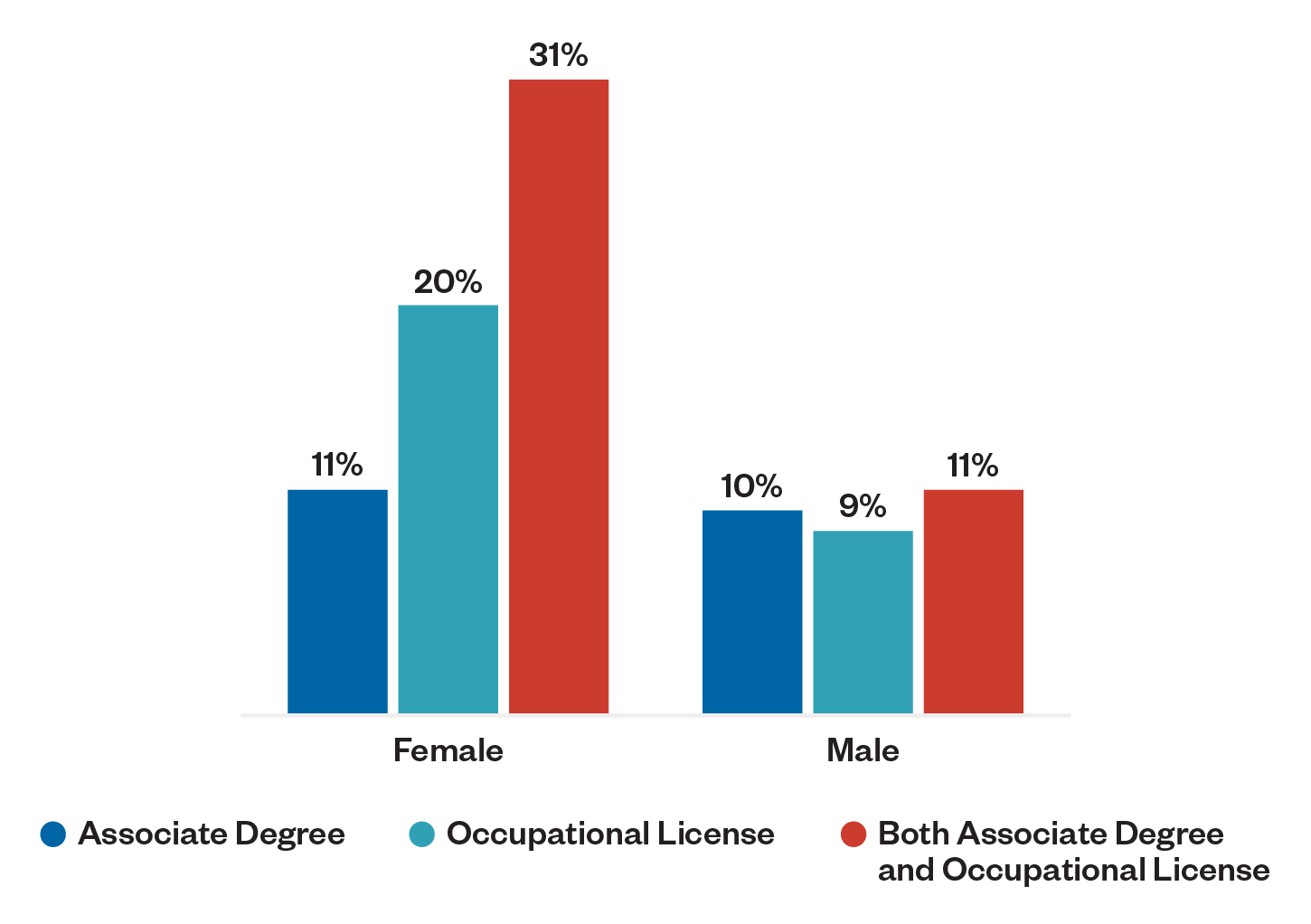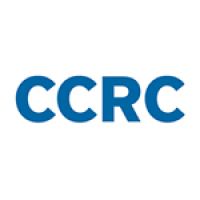By Thomas Bailey and Clive Belfield
With the decline of unions and the rise of the gig economy, more workers are looking for ways to get—and keep—a high-paying and steady job. One tried and tested way is by getting a college degree; another way is to get a license conveying the right to practice an occupation. Increasingly, workers are combining the two. Now, more than one third of college-educated workers have a license in occupations ranging from acupuncture to massage therapy to plumbing and pipefitting, with community college graduates having the highest rate of licensure. In our new CCRC working paper, The Impact of Occupational Licensing on Labor Market Outcomes of College-Educated Workers, funded by the JPMorgan Chase Foundation, we examine the interactions of licenses and degrees. We compare the earnings gains from college versus a license and consider whether the licensing system helps or hurts the U.S. economy.
The research on college awards is undeniable: Having a degree increases a worker’s earnings. Similarly, the research on licenses is clear: Having a license increases a worker’s earnings. Yet there is almost no research on whether licenses and college awards together increase earnings or whether one or the other will do on its own.
Newly available data from the 2017 Annual Social and Economic Supplement (ASEC) to the Current Population Survey allow us to investigate. The ASEC includes detailed information on earnings and labor market participation for more than 80,000 workers nationwide. Since 2016, it has also included information on whether workers have a license. With national data, we can exploit the fact that states vary in whether a given occupation requires a license—for example, in Florida funeral attendants require licenses; in Texas they do not. Thirty-four states require milk samplers to be licensed; 26 states require taxidermists to be licensed; and 12 states require a pharmacy technician to be licensed. We use the ASEC data, along with information on state-level occupational requirements, to look at how many college-educated workers have licenses and where earnings are the highest.
We also use the fact that there appear to be gaps between needing a license and having a license to examine their impact on earnings. Just because a license is required does not mean that everyone in that occupation has one—some workers may be exempt, meet occupational requirements in other ways, or be noncompliant.
What are the returns to college compared with licenses? To identify the earnings gains, we can compare workers in occupations and states where a license is required to workers where a license is not required. We can also compare workers who have licenses or not within a state where a license is required.
Figure 1. Earnings Gains Over Noncompleters

Our evidence is shown in Figure 1. Associate degrees yield earnings gains of 10–11% over college non-completers; licenses yield earnings gains of 9–20% (with the upper range driven primarily by licenses in the health professions). All these gains are in line with prior research. Significantly, the combination yields the greatest returns, particularly among women: Having both an associate degree and a license results in an earnings gain of 11–31% over a noncompleter. One—either a degree or license—is good; both are better. (And in fact, many license requirements include the possession of a college degree.) Importantly, they don’t appear to be substitutes for each other: Whereas a degree builds general work skills, a license signifies competence at specific tasks.
Licenses may be good for license-holders, but are they good for the labor market? Some researchers criticize licensing as a “restrictive practice” that places onerous and unnecessary obstacles in front of competent workers in occupations such as cosmetology or floristry; in turn, this reduces the number of nail salons and flower shops, forcing customers to pay more. But a license is supposed to increase a worker’s earnings: homeowners pay more for a licensed plumber, and patients expect a licensed nurse. On this logic, a license is a signal of a higher quality worker, and consumers should be willing to pay more for higher quality products and services. So critics and advocates of licensing rely on the same fact—the higher earnings of licensed workers—but draw opposite conclusions.
So to decide on the labor market impact, we need to look at what happens to employment in occupations that require licenses. We use variation in licensing requirements by state and occupation to see if employment rates and hours worked are higher with licensing. In most specifications, we find higher employment and more hours worked in states where licenses are required. However, we do not consistently find positive effects. Overall, there is little evidence that the labor market is adversely affected by licensing. It does not appear that consumers are being overcharged for “restrictive-practice” services and so are responding by reducing their demand for the licensed product.
Finally, we find another benign effect of licensing: For college-educated workers, licensing reduces wage dispersion. Not only do workers in a licensed occupation make more, but the gap between high earners and low earners is also smaller. In this respect, licenses help offset the trend toward an economy split into the “1%” and those with precarious service jobs.
Licenses help workers earn more—that is part of their function. Our evidence also indicates that they are complementary to having an associate degree—in the aggregate and particularly among women—and that they do not adversely impact the labor market.





